Imagine this: you’re standing in your kitchen, eyes closed, arms outstretched like a sleepwalking zombie. Someone has just challenged you to touch your two index fingers together. You pause for a second, then slowly guide your hands inward… and bingo! They meet. First try. No peeking.
Ta-da! Magic? Nope. It’s called proprioception, the brain’s lesser known but totally awesome sixth sense. That’s right. You’ve got more than just the usual five. Proprioception is the reason you can scratch your nose in the dark, walk across a room without staring at your feet, or sink a shot in billiards without consulting a GPS.
So, let’s get nerdy (you know how much I love biological science!) and talk about this phenomenal, unsung superpower: how your brain knows exactly where your body is, what it’s doing, and how to move it like a pro.
So…what is proprioception, anyway?
Proprioception is your body’s built-in positioning system. It’s sometimes called “kinesthetic awareness,” and it’s the reason you know where your limbs are in space without having to look. Think about how you can close your eyes right now and still know your foot is resting on the coffee table (oops…sorry, Mom).
And it’s not just about location. It’s about movement, tension, force, speed, and balance, too. It’s what allows a gymnast to stick a landing or a violinist to finger the right note without glancing at the strings. It’s also what helps you from accidentally biting your tongue off when chewing. Handy, huh?
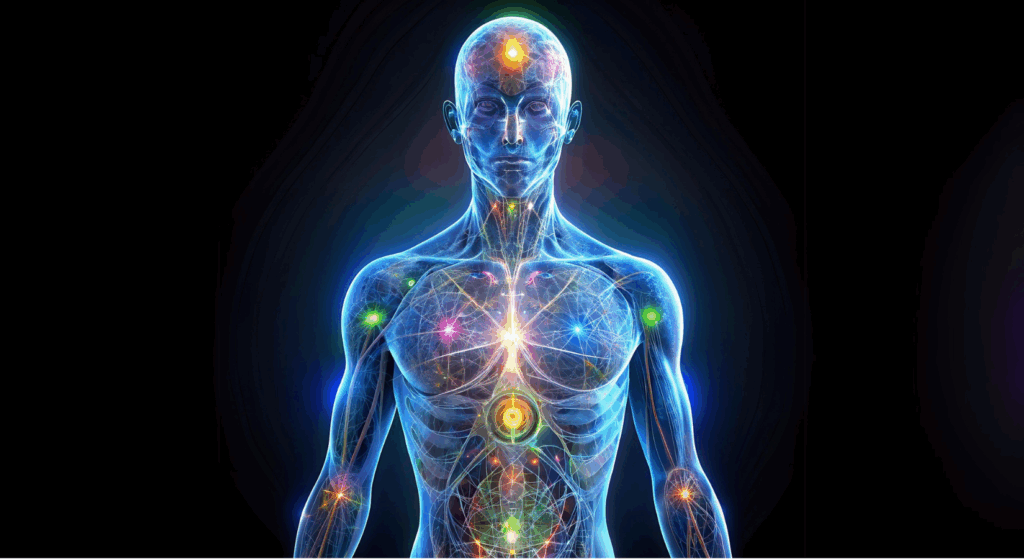
Eyes closed? No problem.
Let’s go back to that finger-touching trick. Even without visual input, your brain relies on tiny sensors located throughout your body – in your skin, muscles, tendons, and joints – that send constant status updates to your central command center. These sensors are called proprioceptors, and they’re always on the job.
Here’s how it works:
- Muscle spindles (tiny sensors within your muscles) detect changes in muscle length and speed of stretch.
- Golgi tendon organs (little watchdogs in your tendons) measure tension in tendons, to prevent you from, say, tearing your biceps off while deadlifting.
- Joint receptors tell your brain how much and in what direction a joint is moving.
All this data travels lightning-fast up your peripheral nerves to your spinal cord and into your brain – particularly your cerebellum (the coordination manager), somatosensory cortex (your body’s map room), and motor cortex (your movement director).
Even your inner ear gets in on the action with its vestibular system, which helps track balance, orientation, and acceleration. So, when you’re skiing downhill or dancing the cha-cha, it’s the whole crew working together to keep you from faceplanting. (Unless you’re me. I would definitely faceplant if I attempted the cha-cha.)
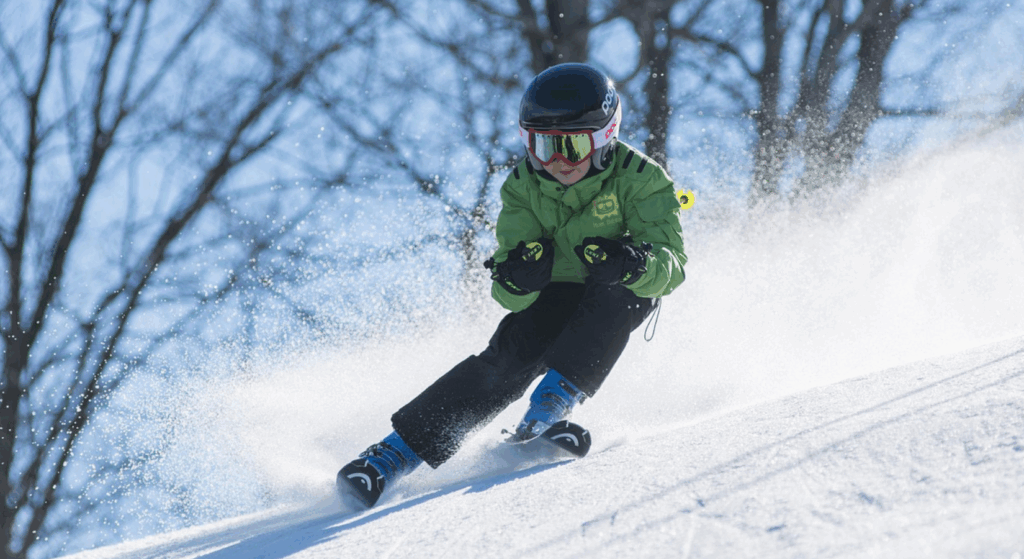
Coordination: How your brain pulls off smooth moves
Now, let’s talk about what separates “spaghetti arms” from Serena Williams. Coordination is the brain’s way of syncing up your muscles, nerves, and senses to produce fluid, intentional movement. Whether you’re hitting a baseball, threading a needle, or attempting a TikTok dance (no judgment), you’re relying on a beautifully complex feedback loop.
Here’s how that loop works:
- Plan – The motor cortex draws up a plan, often based on memory or a new instruction. (“Let’s aim the cue ball at the corner pocket.”)
- Initiate – Signals are sent through upper motor neurons to your spinal cord.
- Execute – From there, lower motor neurons activate specific muscle fibers.
- Refine in real time – Proprioceptors send feedback up the chain, saying things like, “Too far left!” or “Grip strength needs adjusting!”
- Adjust – Your cerebellum makes instant course corrections to finesse your form mid-movement.
It’s like an autopilot with live updates, and it all happens in milliseconds. Amazing, right?
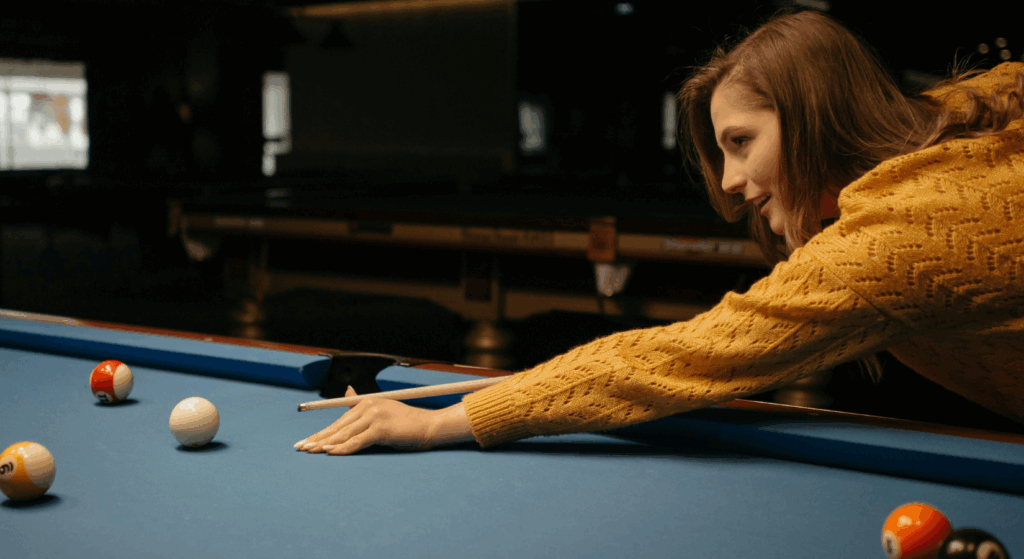
The billiards brain: A case study in motor magic
So how does your brain pull off something as impressive as executing a perfect billiards shot?
- Your eyes scan the table and send spatial data to your visual cortex.
- That info is combined with muscle memory and strategy from your prefrontal cortex (because it’s thinking, not just doing).
- Your motor cortex takes over to initiate movement, and your cerebellum constantly tweaks your arm and wrist position.
- Finally, proprioceptors feed back info like, “You’ve drawn your arm back far enough,” or “Your wrist is angled just right.”
All this happens faster than you can say, “Eight ball, corner pocket.”
Balance and body awareness: More than just movement
Ever tried yoga for the first time and felt like a newborn giraffe? That’s because your proprioceptive system was being asked to stretch its limits – literally.
Balance depends on three key systems:
- Vision (which I’m temporarily ignoring for this article, or I’d have to head down a very deep rabbit hole…maybe another time)
- Vestibular input (from those magical semicircular canals in your ears)
- Proprioception (your personal, internal movement map)
These systems work together so you can do something as complex as walk a tightrope or something as everyday as getting out of bed in the morning without collapsing in a heap.
And fun fact: your brain constantly “recalibrates” based on context. Walking on ice? You move differently. Trying to dance in heels? Your brain does the math and updates your motor patterns on the fly.
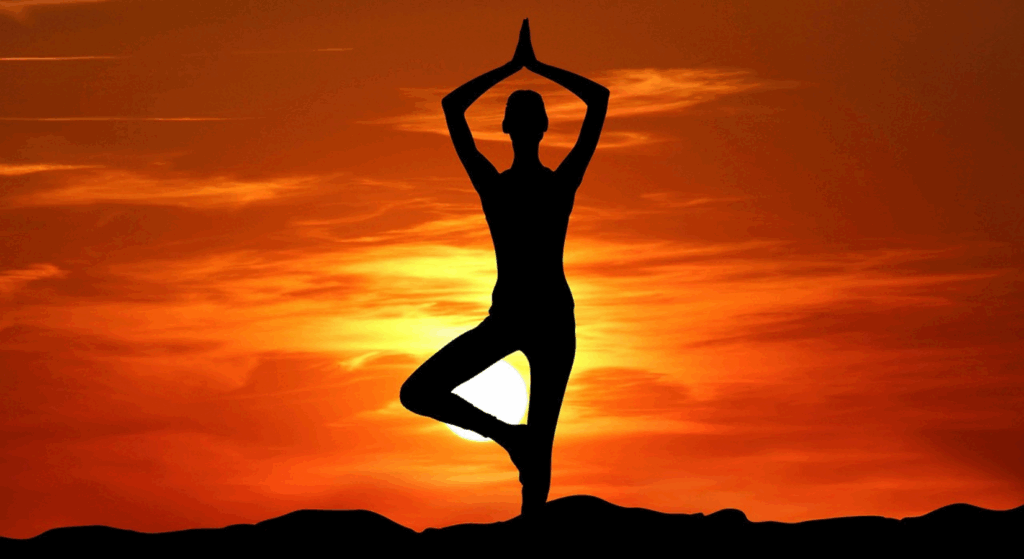
Plastic, not rigid: Your body map can change
Coolest part? Your brain’s body map is flexible. When you learn a new sport or dance or even just adjust to new shoes, your proprioceptive system adapts. This neural flexibility – called neuroplasticity – means your brain is constantly refining its control based on experience.
That’s why people can re-learn to walk after an injury or become ambidextrous with enough practice… you’re a completely upgradeable system!
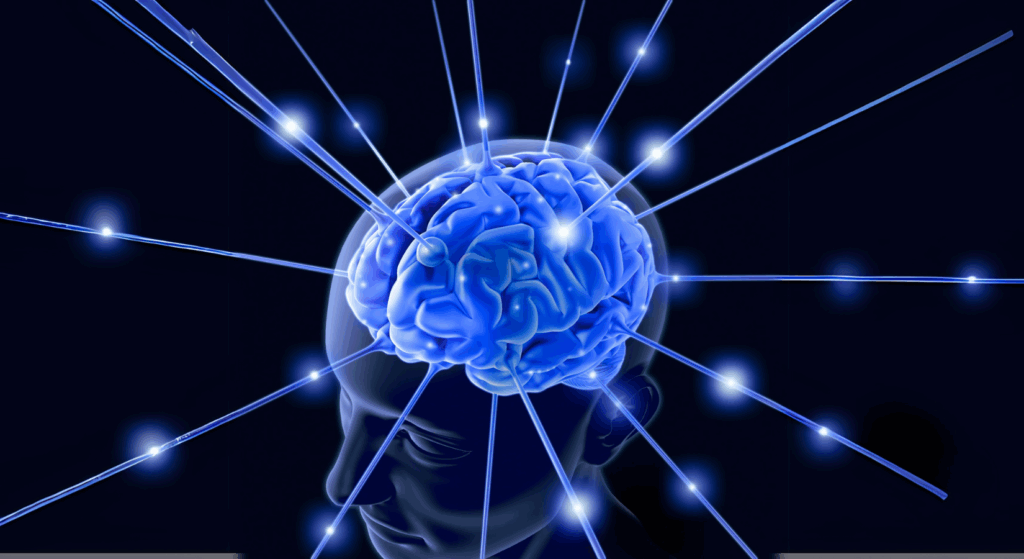
DO try this at home! Fun proprioception experiments
Wanna play around with your proprioceptive powers? Here are a few tests:
- Finger touch test: Close your eyes and touch your nose with your index finger. Easy-peasy. Now try it after spinning in a circle!
- Balance on one foot: First with your eyes open, then closed. Feel the difference in how hard your body works to keep you upright.
- Invisible letters: Have a friend draw a letter on your back with their finger. Can you tell what it is?
- Two-point discrimination test: Using a paperclip opened into a “V,” touch your upper arm in two spots simultaneously. Can you feel two points? (Spoiler alert: probably not.) Now try it on your finger. The higher the density of proprioceptors, the better your spatial resolution!

Can you train your proprioception? Heck yes, you can.
Good news: proprioception isn’t set in stone. Like most brain-body systems, it can be trained, sharpened, and even restored after injury. Athletes do it. Dancers do it. Physical therapists make a living doing it.
And you can do it, too, without needing a gym membership or a degree in physiology.
Here’s how to give your proprioceptors a little workout:
- Balance training: Try standing on one leg while brushing your teeth. Bonus points if you do it on an uneven surface like a foam pad or folded towel.
- Close your eyes: Removing visual cues makes your proprioceptors step up their game. Try yoga poses, simple stretches, or even walking short distances with your eyes closed (with a spotter, please!).
- Obstacle courses for adults: Hop over cracks in the sidewalk. Walk across curbs like they’re balance beams. Take the long, uneven trail instead of the paved path. Give your body surprises!
- Use unstable surfaces: BOSU balls, wobble boards, or even just standing on a pillow while doing chores can challenge your balance and coordination. (I stand on a partially folded up kitchen rug while washing dishes.)
- Mind-body activities: Yoga, Tai Chi, martial arts, and even good ol’ dancing all help refine body awareness. They also connect movement with intention, which is a proprioceptive two-for-one.
Why bother? Because sharper proprioception means:
- Less likelihood of spilling your coffee or tripping over your cat
- Better performance in sports or physical activities
- A reduced risk of sports or age-related injuries
- Faster recovery from sprains or surgeries
- Just plain feeling better about yourself and more in your body
Basically, the more tuned in you are to your internal GPS, the smoother, safer, and more confident your movements become.
Final thought: Hurray for proprioception!
So, the next time you walk across a dark room without colliding with a bookshelf or toss a peanut into your mouth with one graceful flick of the wrist, take a moment to thank your proprioceptive system. It’s been quietly guiding your movements since your baby days of crawling, climbing, and crashing, to today, as you successfully navigate the world around you.
Now, get out there and wow your friends with that “eyes closed-spin around-nose touch” trick! (You’re welcome.)

